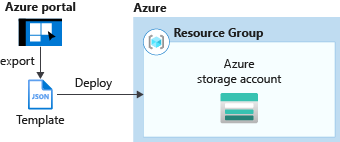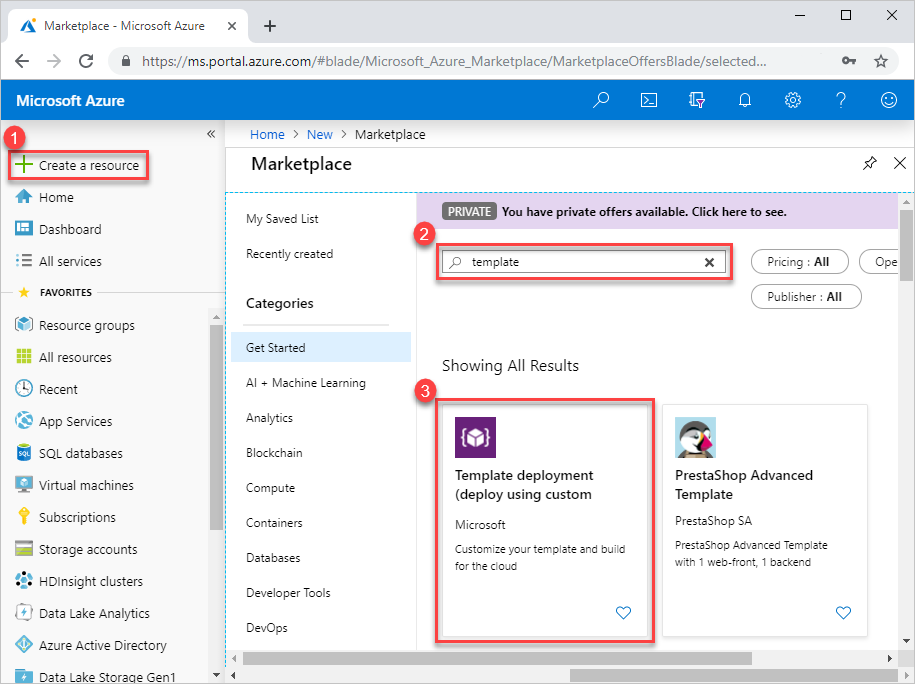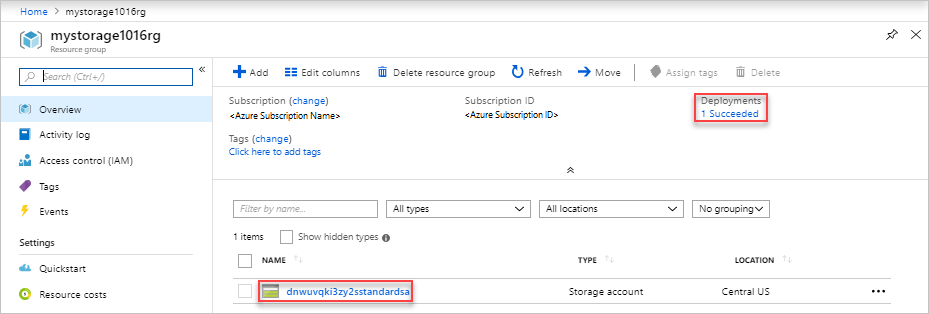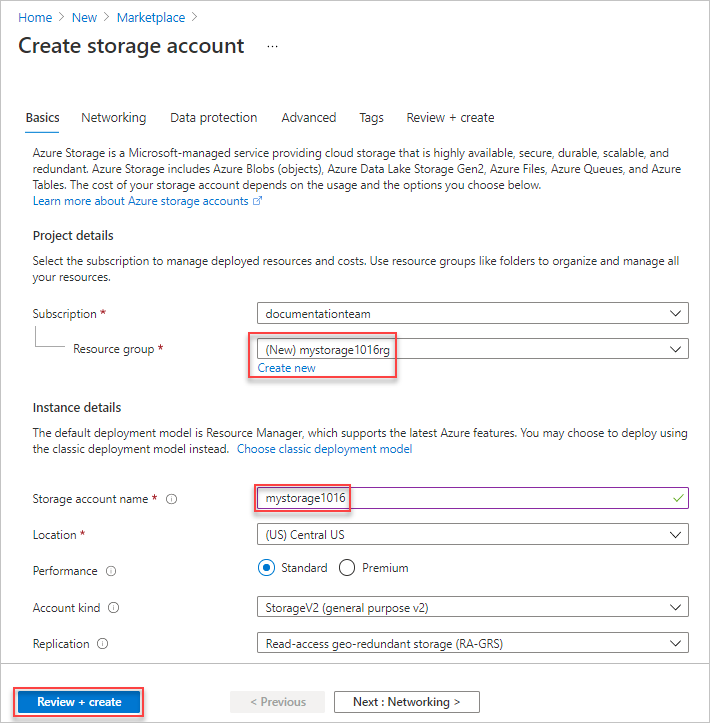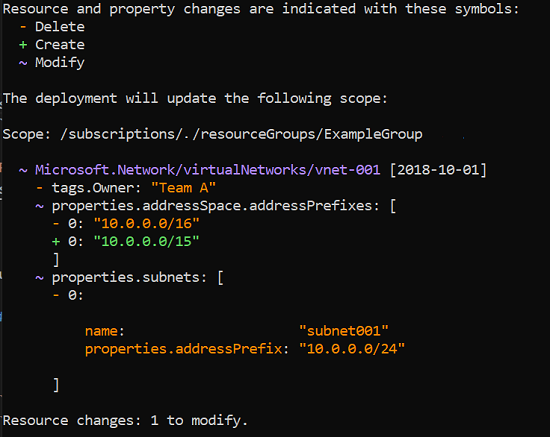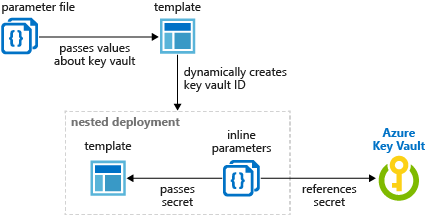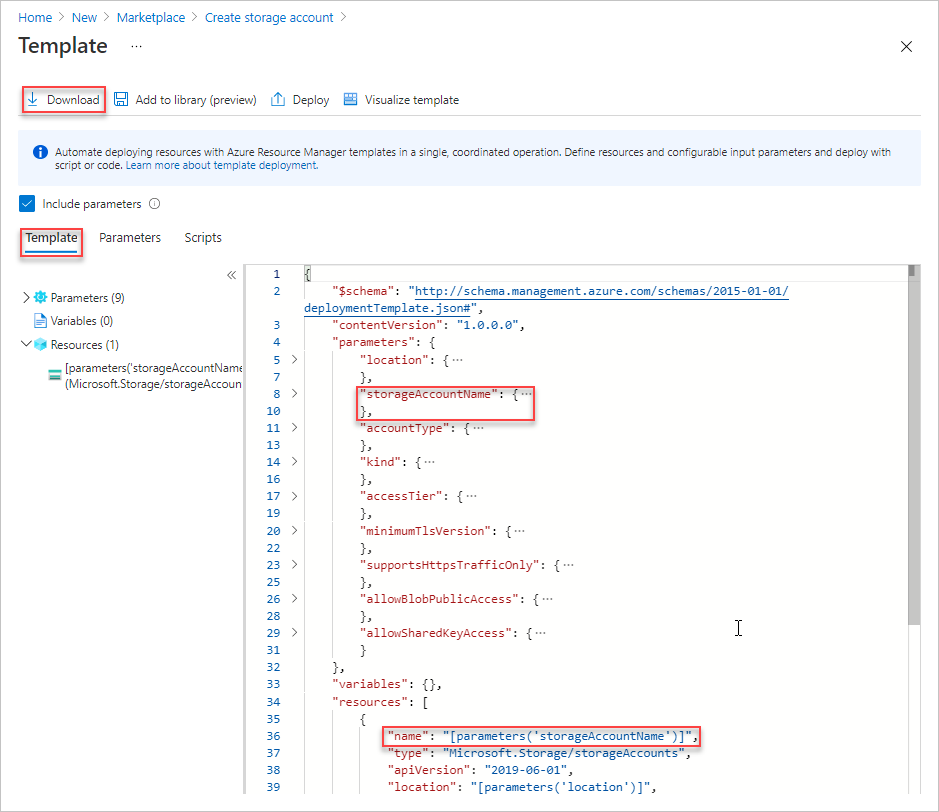Azure Template Deployment

Use the resource group you created.
Azure template deployment. To learn about exporting templates see quickstart. For information about the properties in template files see understand the structure and syntax of azure resource manager templates. Deploy resources with resource manager templates and azure cli. 7 minutes to read.
Deploy learn fork and contribute back. To view the operations for a resource provider see azure rest api. For more information about the concepts of deploying and managing your azure solutions see template deployment overview. To deploy the template use either azure cli or azure powershell.
This article explains how to use azure cli with resource manager templates to deploy your resources to azure. Understand the structure and syntax of azure resource manager templates. When you deploy to an azure subscription instead of a resource group the return object includes a location property. Before deploying a template you might want to preview the changes that will happen.
To learn about deploying resources see deploy an application with azure resource manager template. If you arent familiar with the concepts of deploying and managing your azure solutions see template deployment overview. Create and deploy azure resource manager templates by using the azure portal. This will deploy a a2 size vm in the resource group location and return the fqdn of the vm.
You can target your deployment to either an azure subscription or a resource group within a subscription. Deploy azure resources through the azure resource manager with community contributed templates to get more done. Azure resource manager provides the what if operation to let you see how resources will change if you deploy the template. Create and deploy azure resource manager templates by using the azure portal.
You can use deployment to link to another template based on the uri of the parent template. This template allows you to deploy a simple windows vm using a few different options for the windows version using the latest patched version. The what if operation doesnt make any changes to existing resources. Give a name to the deployment so you can easily identify it in the deployment history.
In this article we saw how to create arm template edit it and use it to deploy azure vm using powershell. For convenience also create a variable that stores the path to the template file. To learn about creating resource manager templates see authoring azure resource manager templates.
